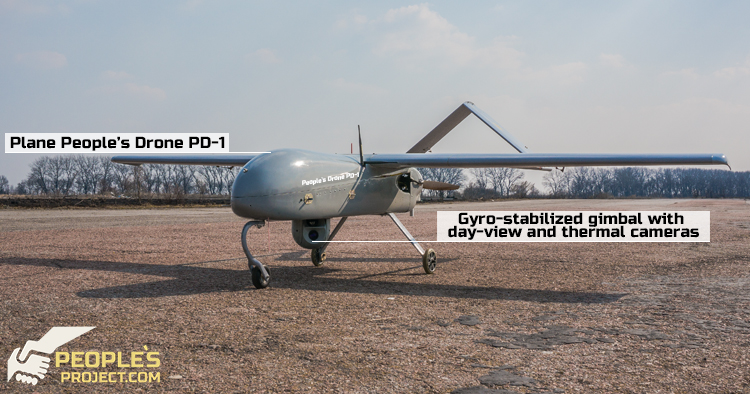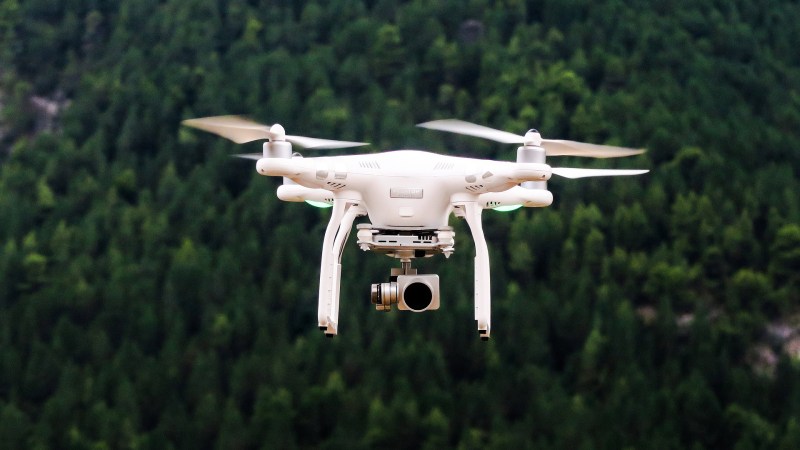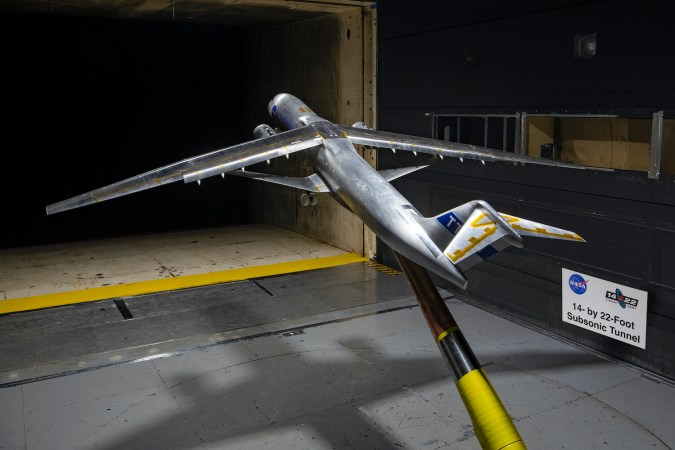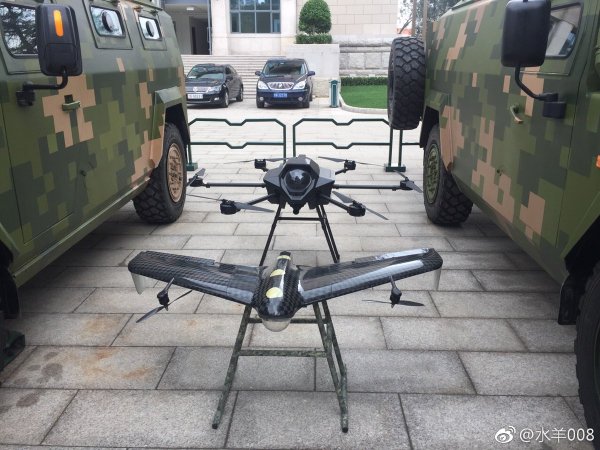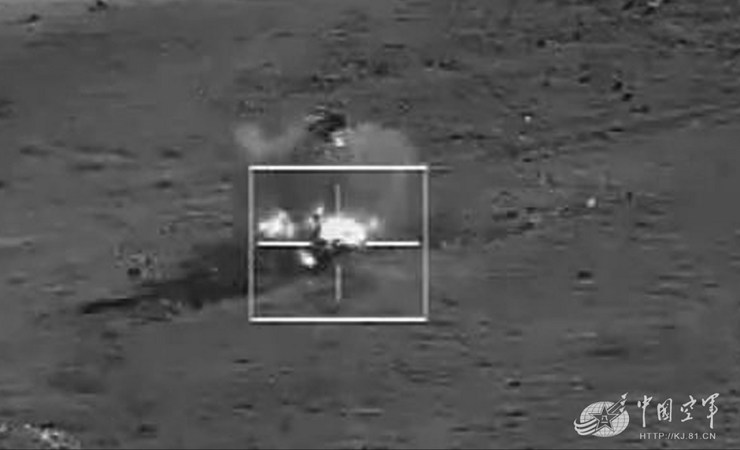

This story was published in partnership with The Center for Public Integrity. This is the ninth in a 10-part series on nuclear risk, military technology and the future of warfare in light of Russia’s invasion of Ukraine.
A week before Russia invaded Ukraine in February, artillery fire crossed the static front line between Ukrainian and Russian-backed separatist forces in Eastern Ukraine. A Reuters photographer, in Kadiivka, reported hearing artillery fire on Feb. 17 but could not determine which side had fired.
The exchange violated the Minsk II Agreement, a ceasefire in place since February 2015 designed to be the first part of reaching a political solution between Ukraine and Russia over the separatist question in Eastern Ukraine. Both sides had periodically renegotiated returns to the ceasefire agreement, including as recently as December 2021. The Feb. 17 shooting is easy to overlook in light of the massive Russian invasion that followed and overshadowed it. But it matters because it underscores how hard it can be for sides in conflict to start peace negotiations, to say nothing of the challenge of reaching peace beyond that. Without the ability to trust that a ceasefire will be honored, it is difficult for parties at war to meaningfully end hostilities.
When the current war in Ukraine ends, it will likely begin with a ceasefire, offering the possibility of a durable peace after the conflict. To get to that durable peace, the two militaries and governments in conflict must agree on some basis for trust. This was hard before, when the war was confined to one part of the country. It will likely be much harder now, with the horrors of war touching much more of the country. This week brought to light the massacre of civilians in the Ukrainian town of Bucha during its occupation by Russian forces. War creates space for such horrors, and ending a war means first getting to a ceasefire with the military that permitted such violence.
September 2014: Minsk I
Before Minsk II, there was Minsk I, agreed to in September 2014. Minsk I was the first negotiated ceasefire to the war in Donetsk, and it called for the terms of the ceasefire to be monitored by the Organization for Security and Cooperation in Europe. The OSCE already had a long history in Ukraine, including assisting with the disposal of unexploded bombs. To further secure the ceasefire, the agreement included exchange of prisoners, rules about governing the contested area and a withdrawal of forces. An accepted annex to the initial agreement, proposed by the OSCE, banned landmines and drones from the area, except for drones flown by the OSCE mission to monitor compliance with the ceasefire.
The OSCE mission in Ukraine began using drones to monitor for ceasefire violations in October 2014. These drones allowed the OSCE mission to track movements of people, vehicles, and larger weapons. Drones also gave the mission a way to operate even as freedom of movement for people on the ground became more restricted by fighting, land mines and unexploded bombs. These drones were also subject to attack, including jamming by electronic warfare, destruction with bullets and even capture at gunpoint.
Landmines turn old battle lines into deadly barriers. While stable boundaries between countries can exist with landmines in the middle, as is the case with the Korean Demilitarized Zone, peaceful borders cannot. Drones provide a way to observe the status of a static frontier. They can also be used to track hostile movements and direct artillery fire. Leaving monitoring to a third party, like OSCE, would let both sides trust that drones overhead were monitoring, not scouting for attacks.
But Minsk I was repeatedly violated by Ukraine and Russian-backed separatists, and utterly broken in January 2015 when separatist forces advanced beyond the line of control and claimed new territory, with separatist forces capturing the Donetsk airport.
February 2015: Minsk II
Minsk II, signed in February 2015, named specific weapon systems that had to be pulled back to create a declared security zone. For some artillery, this was a withdrawal of 30 miles. For longer-range artillery, like the Smerch multiple launch rocket systems, that range was increased to 87 miles. Monitoring compliance with these and other terms would fall to the OSCE, which would use satellites, drones and other tools to track violations.
The types of drones ranged from off-the-shelf DJI Phantom and Inspire quadcopters to the long-range Schiebel Camcopter S-100 helicopter drone, complete with infrared sensors. The drones let observers document the build-up of weapons in areas otherwise unreachable, and 3D scans from drone-carried sensors can be used to model damage to buildings. Comparing scans before and after a hit can reveal the scale of the damage.
Sensors on the ground, placed in key areas, supplement the drones, passively watching and documenting activity with normal and infrared cameras. These cameras can be obstructed by lights and pointed lasers, which itself is a kind of information about what is happening around the camera station.
Much as Russia’s military used the Donetsk war to test new weapons, the OSCE monitoring mission became a first testing ground for monitoring machines. The conflict became a testing ground for the technology of armistice, even as the ceasefire was violated.
One reason countries hesitate to agree to ceasefires, and may regularly violate them even once in place, is because ceasefires constrain military action. That is their explicit purpose, but when ceasefire violations come before new military advances, it reveals the conflict as unsettled. Monitoring by a third party can offer information to assuage fears of new military advances, but ceasefire violations can also be used as a pretext for new attacks.
Even after Russia’s attack on Ukraine, OSCE continues to monitor the war, though drastically reduced. OSCE’s foreign staff evacuated from Ukraine at the outset of the invasion, and monitoring functions were reduced to what could be done by those who remained. The Feb. 23 report, from the last full day before the invasion, recorded hundreds of ceasefire violations. A drone used by the monitoring mission encountered GPS signal interference, attributed to jamming.
What comes next?
For any post-invasion ceasefire to endure, it will need both Ukraine and Russia to enter it in good faith. The technology of ceasefire, of monitoring and tracking violations and then sharing that information publicly, can be used to build trust between adversaries. Monitoring alone is likely insufficient for a durable peace, as the longevity of the OSCE mission to Donetsk suggests.
Yet with the Russian invasion long since underway, one of the major threats to a peaceful settlement over Donetsk is gone. Russia has already gone to war to protect the claims of its declared separatist republics.
But should peace come, the experience in Donetsk shows the kind of work that will need to be done to secure static front lines or verify a withdrawal. Drone flights, which for years have heralded coming artillery barrages, may instead buzz with the sounds of a negotiated end to the war, or at least a temporary reprieve. Agreeing to terms with enemies after a war can be profoundly difficult. Modern technology in the hands of a neutral party offers a chance for sides to verify, and then trust.
Speaking to Russian media March 27, Ukrainian President Volodymr Zelenskyy acknowledged that the end of the war would likely come with a compromise negotiated while Russian troops still occupied part of the country. On April 4, speaking in the town of Bucha, Zelenskyy emphasized a need to end the war by negotiations, but said the attacks on civilians made it harder. “It’s very difficult to conduct negotiations when you see what they did here,” Zelenskyy said.
For other stories in the series, navigate here.

